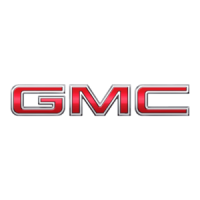
Do you have a question about the GMC 2004 Sonoma and is the answer not in the manual?
| Brand | GMC |
|---|---|
| Model | 2004 Sonoma |
| Category | Automobile |
| Language | English |
Adjusting manual and power front seats, including lumbar and heating.
Operation of rear seatbacks and seatbelt checks.
Proper use of safety belts for all occupants, including questions and answers.
Guidelines for older children, infants, and young children using restraint systems.
Explanation of air bag system operation, inflation, and servicing.
Regular checks for safety belts, buckles, and air bag coverings.
Vehicle keys, key code number, and making spare keys.
Locking and unlocking vehicle doors, manual and power options.
Operation of manual and power windows, express down, and lockout features.
Content theft-deterrent alarm system operation and arming.
New vehicle break-in, ignition positions, and starting the engine.
Manual and automatic dimming rearview mirrors, outside mirrors.
Glove box, overhead console, and other storage compartments.
Operation of power sunroof and manual closing procedure.
Identification of main instrument panel components with labeled diagrams.
How to control heating, cooling, and ventilation systems.
Explanation of warning lights and gauges for vehicle functions.
Overview of the instrument panel cluster with speedometer and tachometer.
Function of the safety belt reminder light and chime.
What the air bag readiness light indicates and actions to take if it stays on.
Function of the charging system light and what it means if it stays on.
How the voltmeter gage indicates battery charge and charging system condition.
What the brake system warning light indicates and actions to take.
What the ABS warning light indicates and its function.
How to read the engine coolant temperature and what the red zone indicates.
What the SERVICE ENGINE SOON/CHECK ENGINE light indicates and potential causes.
How to read the oil pressure gauge and cautions regarding low pressure.
Function of the security light related to the Passlock® system.
What the SERVICE 4WD light indicates.
What the CHECK GAGES light indicates and what to check.
How to read the fuel gauge and common owner questions about its behavior.
What the low fuel warning light indicates and how to turn it off.
General information about the audio system, RAP feature, and dealer checks for add-on equipment.
General advice on defensive driving and awareness of road conditions.
Principles of defensive driving, expecting the unexpected, and maintaining following distance.
Dangers of drinking and driving, and alcohol's effects on driving ability.
CAUTION about drinking and driving. Explanation of the three systems controlling vehicle movement (brakes, steering, accelerator).
Explanation of braking action (perception, reaction time) and factors affecting stopping distance. Avoids heavy braking.
How the locking rear axle provides additional traction in difficult conditions.
Tips for driving on curves, including speed adjustment and acceleration.
How to recover the vehicle if wheels drop off the road shoulder.
Tips for safe passing on two-lane highways, including looking ahead and following traffic signs.
Explanation of what happens when control systems lose friction, and advice for emergencies.
How drivers can lose control in skids, types of skids, and avoiding them.
Guide to off-road driving, hazards, new skills required, and preparation steps before going off-road.
Dangers of night driving, effects of age on night vision, and tips for driving safely at night.
How rain and wet roads affect traction, visibility, and the importance of maintaining wipers and washer fluid.
Explanation of hydroplaning, its causes, and advice to slow down in rain.
Advice for freeway driving, including keeping up with traffic, using the left lane for passing, and merging.
Checks to perform before a trip, including being rested, wearing comfortable clothing, and checking fluids and lamps.
Awareness and prevention of highway hypnosis, and tips for staying alert.
CAUTION about brakes overheating on steep downhill slopes. Tips for keeping the vehicle in good shape and knowing how to go down hills.
Tips for winter driving, including vehicle preparation and emergency supplies.
How snow and ice affect traction, the danger of wet ice, and accelerating gently. CAUTION about wet ice and sudden steering.
CAUTION about snow trapping exhaust gases. Steps to summon help and stay warm if stopped by heavy snow.
CAUTION about spinning tires and vehicle overheating. Method of "rocking" to get unstuck.
Steps for rocking the vehicle to free it from being stuck.
Location and use of recovery hooks for being pulled out of difficult situations.
Consulting dealer or towing service for disabled vehicles. Recreational towing.
CAUTION about overloading and its effects on vehicle handling and life. Importance of knowing vehicle capacity.
Location and information provided by the Tire and Loading Information label.
Steps to calculate available cargo and luggage load capacity.
Location and information on the Certification/Tire label, including GVWR.
CAUTION about securing items inside the vehicle. Definition of payload and GAWR.
Information from the Truck-Camper Loading label regarding camper weight and center of gravity.
Importance of subtracting hitch load from CWR and choosing correct hitch/brakes.
GM's recommendation against pickup box removal due to safety concerns.
CAUTION about improper towing causing loss of control. Importance of correct equipment and driving properly.
Important points for trailering, including laws, sway control, and break-in period.
How trailer weight is calculated and factors affecting it.
Importance of tongue load, how it affects vehicle weight, and calculating capacity.
Importance of correct hitch equipment for crosswinds, trucks, and rough roads.
Requirement for trailer brakes weighing over 1,000 lbs and how they connect to the vehicle's system.
Experience needed for towing, getting to know the rig's handling and braking.
Technique for backing up with a trailer, including steering and speed.
Notice about sharp turns potentially contacting the vehicle. Wider turns are recommended.
How turn signals work when towing a trailer, and importance of checking trailer bulbs.
Advice on reducing speed and shifting to lower gears when driving downhill.
CAUTION about parking rigs with trailers on hills. Procedure for parking uphill and downhill.
Steps to take before leaving the vehicle parked on a hill.
Importance of dealer service, genuine GM parts, and GM-trained personnel.
Recommended gasoline octane, specifications, and additives. CAUTION about methanol.
CAUTION about hot engine parts and fire hazards from spills. Hood release procedure.
How to check engine oil level, what kind of oil to use, and when to change it.
CAUTION about tire maintenance, overloading, and wear. How to check tire pressure.
Introduction to maintenance requirements and how the section is organized.
Importance of following scheduled maintenance for vehicle condition and warranty coverage.
How proper maintenance helps the environment and vehicle condition.
Explanation of the five parts of the maintenance schedule.
Explanation of services and mileage intervals, recommending dealer service for complex jobs.
Owner checks and services to perform at specified intervals for safety and dependability.
Important inspections performed by the dealer's service department.
List of recommended products for proper vehicle maintenance.
A place to record maintenance performed and keep receipts for warranty purposes.
How to choose between Short Trip/City and Long Trip/Highway maintenance schedules.
Overview of customer assistance resources and information.
Steps to resolve concerns with the dealership and GMC customer assistance.
Resources for GM ownership needs, including service reminders and vehicle information.
Assistance for customers using Text Telephones (TTYs) with available TTY equipment.
Contact information for GMC Customer Assistance Centers in the US and Canada.
Program for reimbursement of adaptive equipment and resource information.
Overview of roadside assistance services provided during the Bumper-to-Bumper warranty.
Information on vehicle computer systems and data stored during normal operations and crashes.
How to report safety defects to the US Government (NHTSA) and Canadian Government (Transport Canada).
How to notify General Motors about safety defects, and contact information.
Information on ordering service manuals and other technical publications.

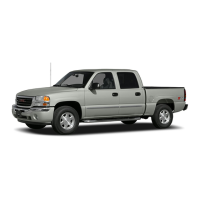
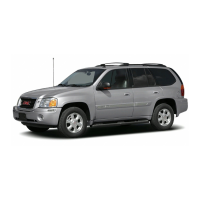

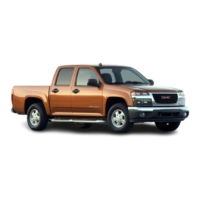
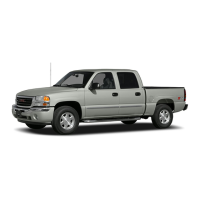
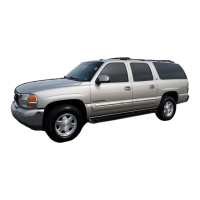
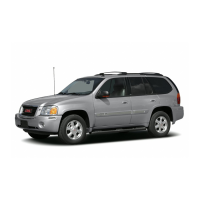
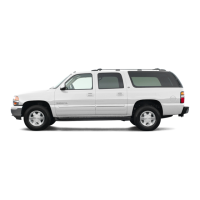
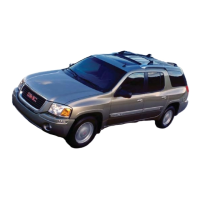
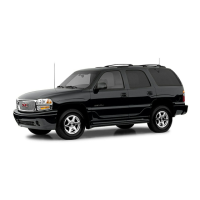

